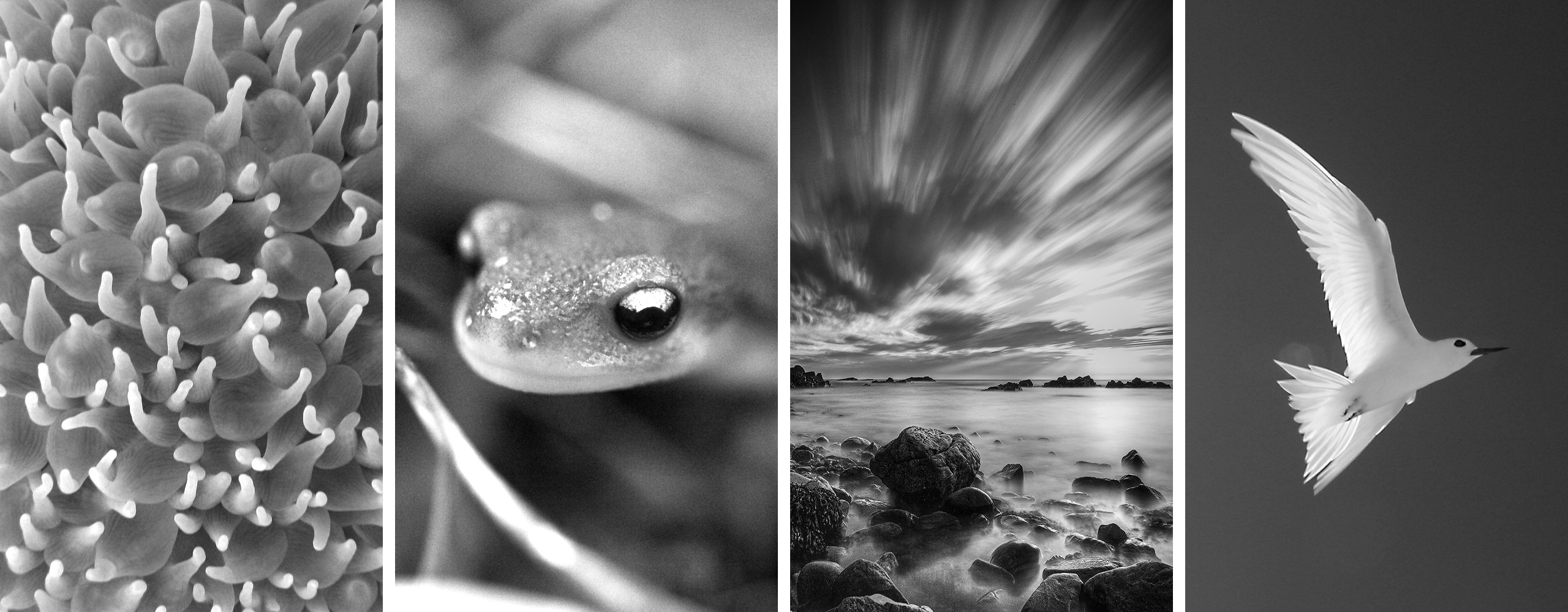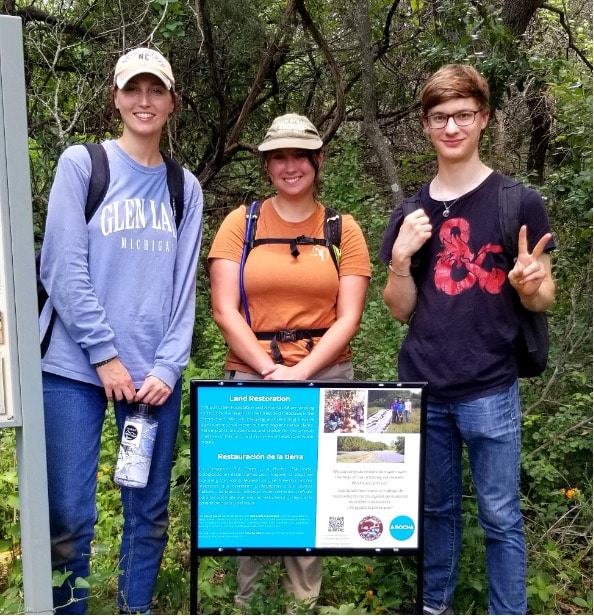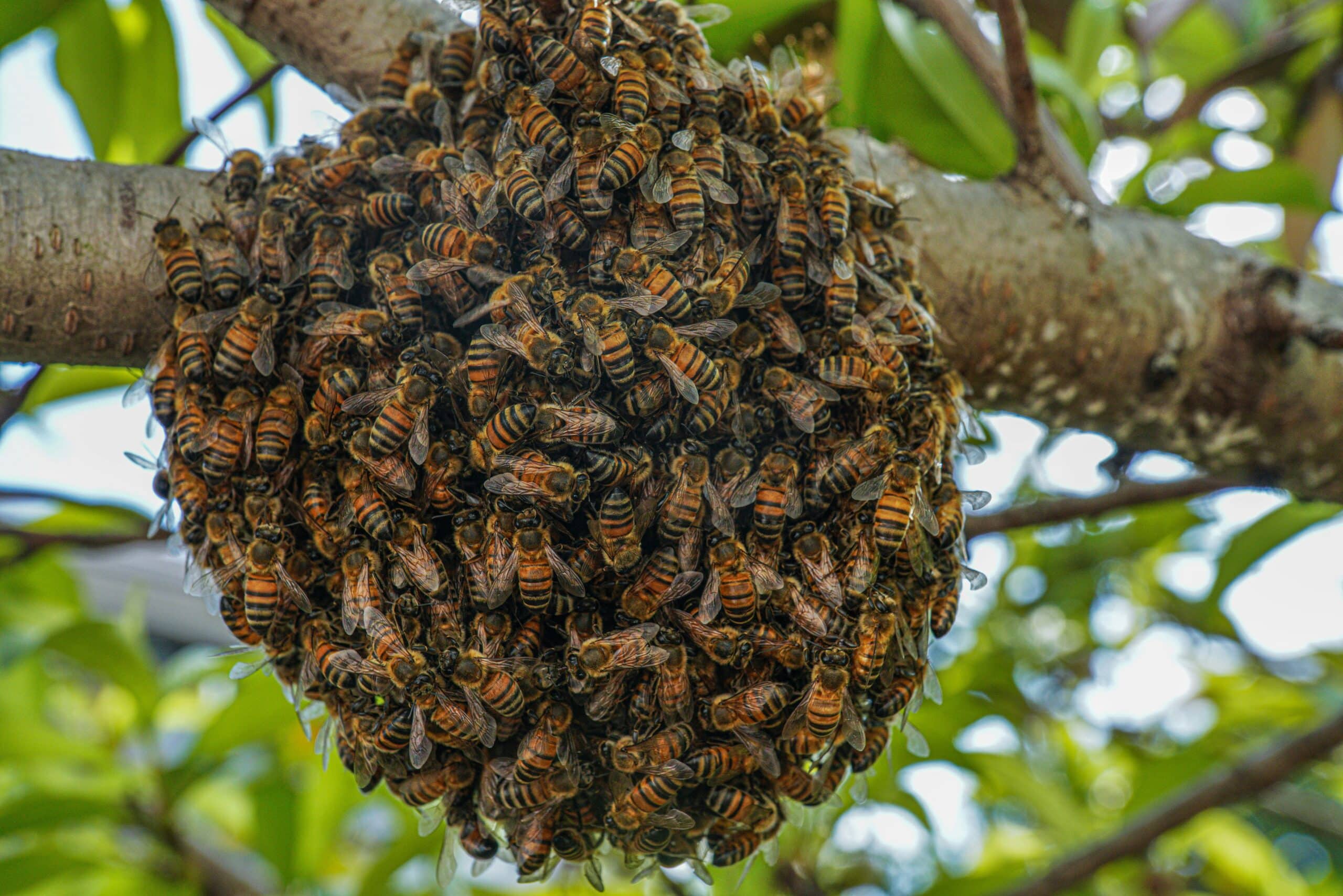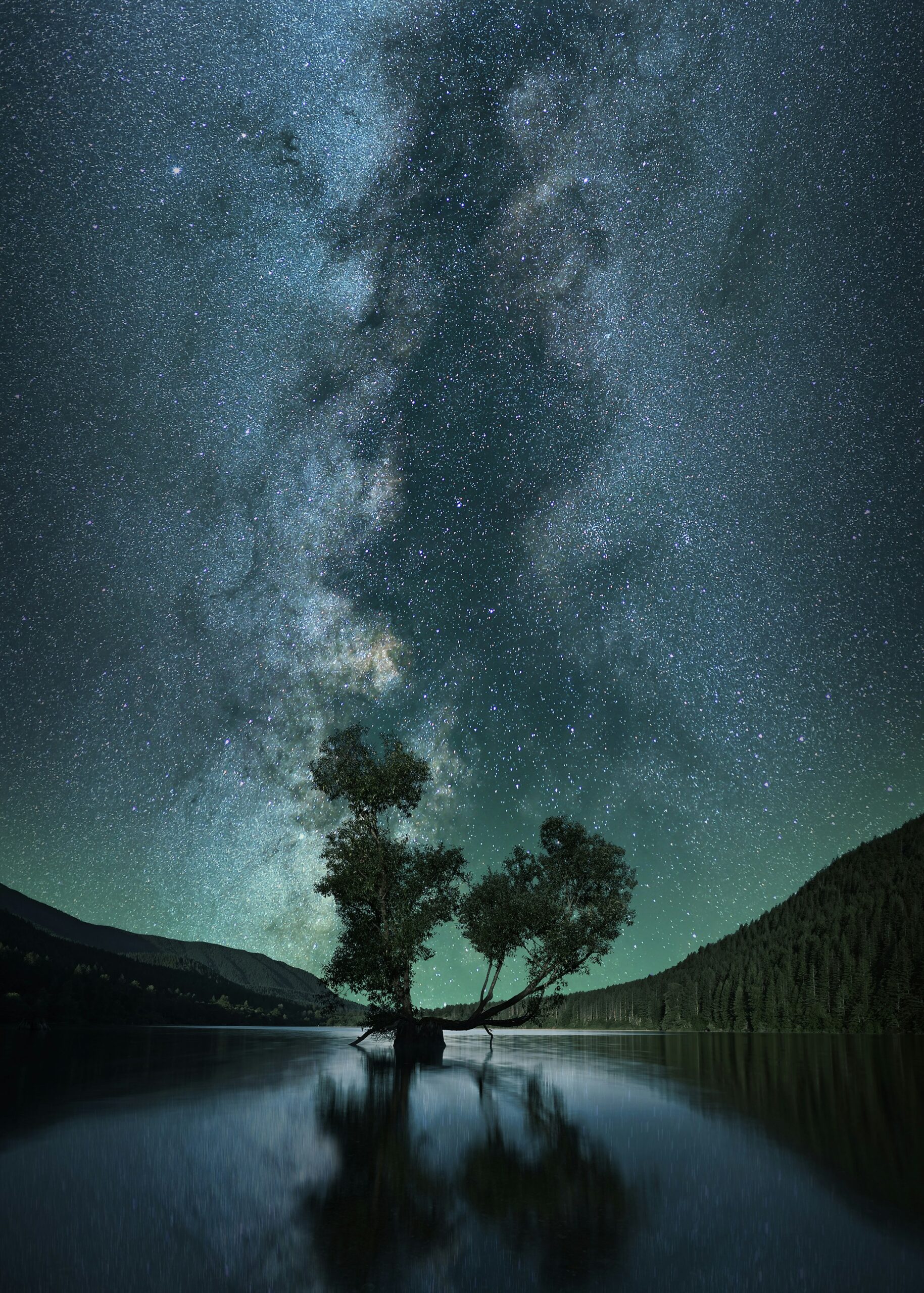The work of his fingers
It is easy to get increasingly technical about the year in, year out, work of nature conservation. The challenges are immense, the issues are complex, and it can be really hard to measure the impact of what you are doing over the long ecological time-scales that it takes to do worthwhile work. Even the need to take into account so many unpredictable variables can make it tempting to reach for at least one or two certainties from the increasing amounts of data that each project generates.
To take one simply stated challenge as an example, how can we protect a vital remaining area of Kenyan coastal forest that shelters extraordinarily rare and beautiful bird species? Once you have begun to work seriously on the problem, as our Kenyan colleagues have found over the years, you soon realize that the answer involves answering very many further questions. Who among all the people and organizations on the site, from local to multi-national, is responsible for its current destruction? Who benefits from its protection and who feels they will lose out? What actually makes up the current forest community, human and otherwise, and what causes them all to flourish? And what will be the impact of climate change on the new work that is planned to address some of the threats implied by the above?
So, from time to time it is good to be reminded, in an entirely different register, of what we are dealing with, of what creation is. I came into conservation from an arts background that saw my years of formal education given to literature and theology (and yes, ‘formal’ is an odd word for the rather random 60s and 70s curricula). So although I have learned why and how data are collected, why log-frames and impact assessments are useful tools, and why we need to be sure our conservation projects are well-designed, it is the beauty of landscapes and species, eloquent writing and lyrical music that are my true home country when it comes to learning, and not science. Friends who do find the language of science their native tongue tell me that they need to listen hard to ‘why’ as well as ‘what’ and that these other ‘languages of beauty’ serve to keep them encouraged in the familiar and technical tasks that make up their daily work. So it is a gift to my conservationist soul when careful study of an ancient text can suddenly shine a light on why what we are doing really matters.
Such a moment came the other day when I was translating Psalm 8. I was trying to get below some of the English phrases that read to me as too well-worn after those educational years. The poem begins ‘O Lord our Lord, how excellent is your name in all the earth.’ So far, to me at least, so familiar. But then came an unfamiliar word as I reached verse 3 which tells me that the heavens, the moon and stars, are the work of God’s fingers? Normally I meet the words ‘arm’ or ‘hand’ when I read God in Old Testament texts that he is doing something. This unusual idea of ‘the finger of God’, only seen elsewhere in a couple of references to God writing the law on the stone tablets of Sinai, speaks to me here of his precision, his care, his relationship to all that he has made, of his touch.
We bring our blunt technical instruments, and our rough and approximate language, to this daily conservation calling that we live out in so many places, frequently in the context of apparently insuperable difficulties. But maybe we can be encouraged to read in beautiful Hebrew poetry across the echoes of three thousand years just how much God cares about what we are trying to care for. Maybe also we can find deep consolation in the seasons of lament that places such as fragmented Kenyan forests can provoke.
Picture credits, from left to right: Close-up of coral in the Seychelles, by Olivier Roux; ‘Howdy – ’Tis newt season’ in California, by Ken-ichi Ueda; Church Bay, Rhydwyn, Wales by Kev Lewis; White Fairy Tern at Midway Atoll, by James Watt/NOAA Office of National Marine Sanctuaries. This collage is licensed under CC BY-NC-SA 4.0.
We are happy for our blogs to be used by third parties on condition that the author is cited and A Rocha International, arocha.org, is credited as the original source. We would be grateful if you could let us know if you have used our material, by emailing [email protected].





Hi Peter, thanks! The ‘finger of God’ also speaks to me of His attention to detail, dexterity and deftness of touch, whereas the ‘arm of God’ brings to mind power, authority and action. Stuart
Thank you Peter. My experience is that artistic insights are as important on their own terms as those in science. Surely we can and should accommodate both forms of knowledge, particularly in the mission of nature conservation?
You are so right, Peter. God’s fingers are there writing his book, and in shaping with such precision all his creatures in creation. Two books where we can discover him, His Word, the Bible, and His creation. A joy to spend time in Les Courmettes this summer.
Thanks all for the comments – and apologies for my delayed reply. As usual we were offline in Wales with some of the extended family. The grandchildren are really the best at patiently looking at the work of God’s fingers…lots of close-up delight in dead baby crabs for example! At the other end of the scale there was some wonderful seabird passage off Strumble Head as well so plenty of evidence of God’s grandeur. Thanks for the reading though – writing this blog often feels like lobbing a bottle into the ocean of the internet so to get some messages back from other islands is really encouraging. And I do really agree with what you said Darren – no doubt you saw George Monbiot on language here:
https://www.theguardian.com/commentisfree/2017/aug/09/forget-the-environment-new-words-lifes-wonders-language